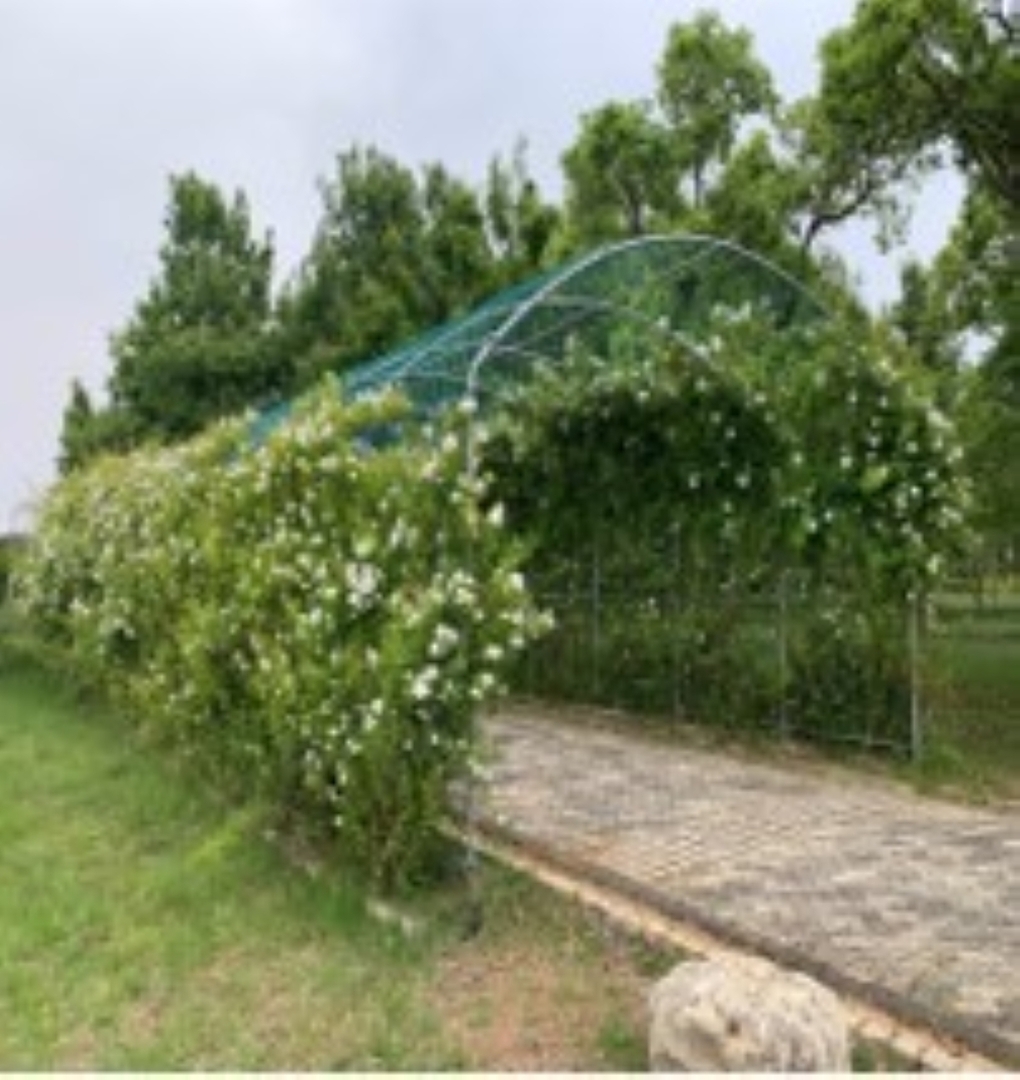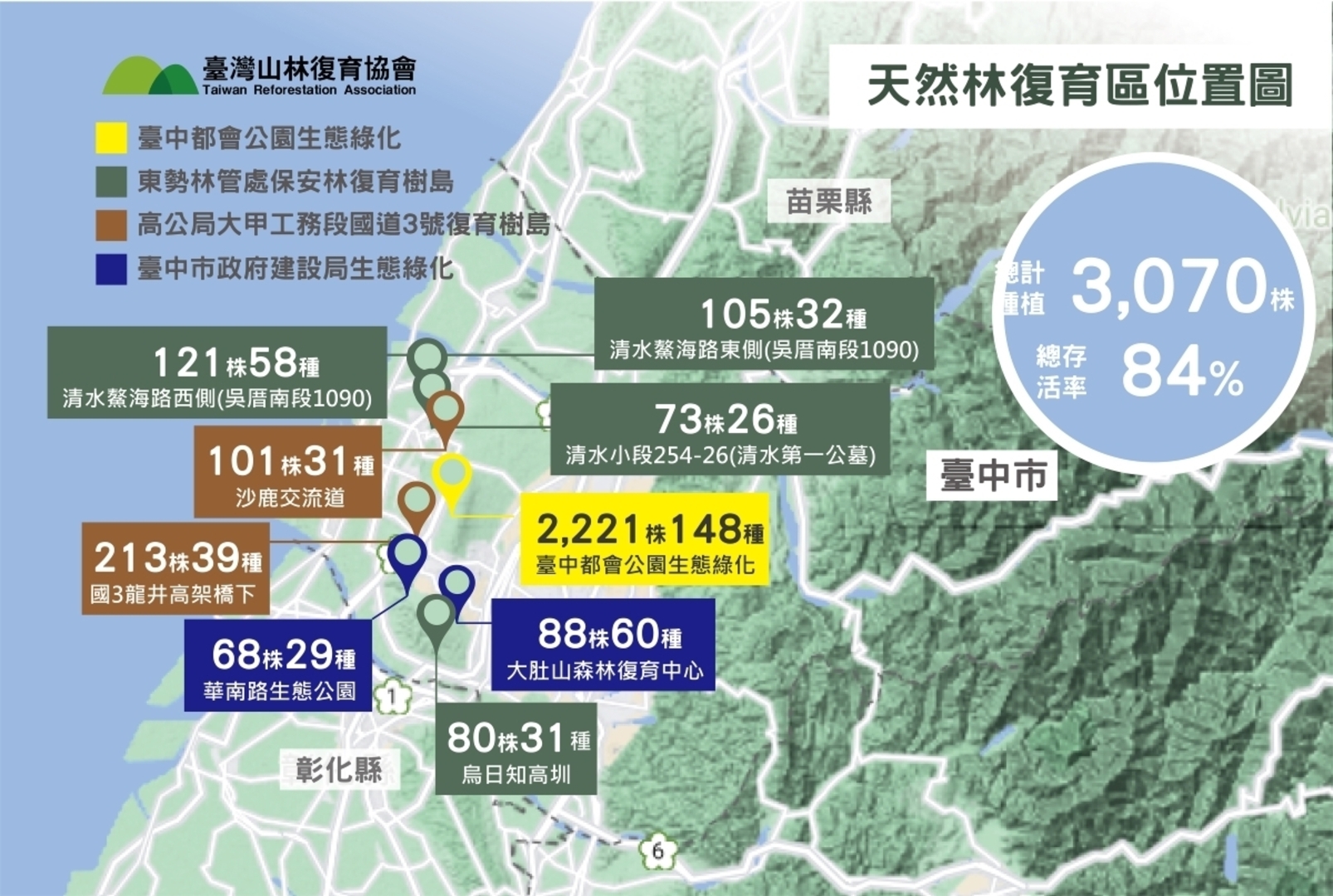ISSUE
1.The Vanishing Natural and Cultural Landscape ( Motivation )
2.Sustainable Development Goals ( Landscape main trends and Responsibility )
3.Carbon Sink( the compensation of construction process)
An Environment Nourishes Its Own Kind of People. Restoration the Agricultural Landscape Hundreds of Years Ago Builds Up the Coexistence with Ecology.
There are specific characteristics attributed to the wisdom and local daily memory from the ancestors of the terraced fields. The spatial memory points and interrelated spatial interfaces of various scales tell the most unique characteristics, psychological feelings, environmental beauty, and living memories strengthen the historical position of the terraced fields in the community.
As forming the relationship under the long-term interaction between rural residents and the surrounding environment, also called social-ecological-production landscapes and seascapes, SEPLs. It indicated by improving the adaptability of rural communities, the preservation and utilization of agricultural production
land-scapes such as agriculture, forestry, fishery and animal husbandry and seascapes can be promoted to achieve the goal of local economic, social and ecological sustainability with the spirit of “Satoyama and Satoumi”.
Therefore, this project uses local traditional agronomic techniques - "dry stonemason wall" and "cattled-stepping layer" to restore the terraced fields lain fallow for more than 30 years, and to support the Community Development Association reviving the agricultural landscape and form a wetland ecosystem as Ecological Ark and Food and Agriculture Education experience as well.
Construction background and challenge
Due to the fields lain fallow for more than 30 years, three major issues have to face for the restoration.
1. Lack of water resource for irrigation
The field area to be recultivated in this plan was originally irrigated by the No. 3 Ditch (detailed picture 1) in the south of the site, and then the canal was interrupted due to road construction. After a survey with irrigation agency unit, all of us confirming the relevant rights to use irrigation water, it was jointly decided with the owners, communities and manufacturers to lead from the stream and the lake to the uppermost layer of the work area, and then by gravity vatural drainage irrigates the lower terraced paddy fields.
2. Concern for the ability to preserve water in terraced paddy fields
Silvergrass and shrubs have replaced the crop to become dominated plants because of the fallow for a period. Not only has the plow bottom layer (cattle tread layer) been seriously damaged, but most of the original field ridges have also collapsed. Whether the water storage capacity of field mounds can be restored is the key issue to determine the feasibility of recultivation.
3. The danger and ambiguity of the route for cultivation.
Because the vegetation covers the entire environment, it was an obstacle for our interpretation of landforms during the planning and design stage and increases the difficulty of topographical surveys. This problem would be addressed and confirmed after clearing the vegetation completely. In addition, the existing stonemason steps on both sides of the site are also unstable and slippery due to lack of maintenance several years.
On the other hand, due to the migration of the local community and the aging of the agricultural labor force rely on small-scale machinery to assist farming. The value of the restoration of terraced paddy fields is not only producing crops but also promoting to food and agricultural education, Inherit traditional agricultural knowledge and skills. Therefore, the needs of operation and maintenance management is the main purpose rather than considering the maximization of crop production amount.
The idea of planning and design
1. Maintenance and operation in the future leads to the arrangement of nodes and routes.
After discussing and understanding how to operate with the community, on the premise of ensuring a certain production of arable area, we decided to widen the field ridges and set aside the routes of pedestrians and machinery to tackle the needs of farming, foods and agriculture educational experience, while keeping the arbors that grew up during the fallow period (Big Tree Viewpoint, Teak Tree Stage) and the first and second level of the original terraced fields are no longer cultivated. Instead, planning as a space for activity leisure usage and educational explanations. In addition, the routes on the east and west sides of the site (Baojia Roads, stonemason stairs) are also restored with handmade trails to enrich the experience of surrounding area.
2. Reconstruction fields and water-storaged function with traditional knowledge and skills.
Couple of the main points were restoration of stonemason wall for terraced paddy fields and reconstruction for the water storage capacity of field mounds. By interviewing the local elders in community and observing the century-old terraced fields, this case adopted the dry stone slope as retaining wall and the cattle-stepped layer construction method to carry out the trigger for restoring the water terraced fields.
3. Seeking and leading the water resource into fields and maximizing the efficiency of irrigation.
Accordance with the calculated water intake is about 817.6m3 per day, while the irrigation water source required by our fields of this project is only about 45m3/day, so it can still support the irrigation demand of about 2.56 hectares of regional fields and expand the benefits at the same time.
4. Restoration of the fields by modern construction techniques and protecting the ecology as well.
Although this project introduced modern engineering machinery and tools to tackle the quality requirements of public works completed on schedule with high quality. Under the requirements of the project team to design properly and ensure complete details, not only the results met the goal of restoring as before, but also achieved the goal of ecological conservation. Orientation also implements strategies such as avoidance, reduction, mitigation, and compensation to promote the effectiveness of the ecological restoration of the site.
As the ecological supervision after construction completion, the ecological team has used infrared automatic cameras to record 4 species of conservation animals in our fields, including the first-level conservation category of the wood coffin turtle, the second-level conservation category civet cats, pangolins, and lead-colored water snakes of the third-level conservation category.
In addition, taking the adjacent terraced paddy fields by our site as the control group, more dragonfly and frog species were also investigated in the site, and it was found that the newly published species in 2013 (Wang et al., 2013) and the rare The Wandering Bluetail and White-tailed Skimmer, etc., It present that the environmental restoration has achieved remarkable results.
Further effectiveness
1. Achieving the vision of "ecological industrialization, industrial ecologicalization", and the specific realization of the UN Convention on Biological Diversity and the Satoyama.
2. Restoring as before, inheriting the century-old local stonemason terrace techniques. This is the spirit of landscape harmony with cultural in-heritance, to create a model of terraced paddy fields cultural inheritance and revitalization projects.
3. Integrating public welfare contracts to give back to the community, promoting the return of young ages to introduce food and agriculture education experience, maximizing the effects of the project, and realizing sustainable agricultural management.
Value and Heritage
1. Not only preserved the vanishing landscape, but also inherited the wisdom from ancenstors.
2. Agriculture production revived again, new mode for operation because of educational behaviors.
3. Following the SDGs trends, and dedicated how to reduce CO2 in the process as well.






Elegant lifestyle Co. Ltd.
2022 10th TILA Landscape Awards-Outstanding Award
特殊主題類
